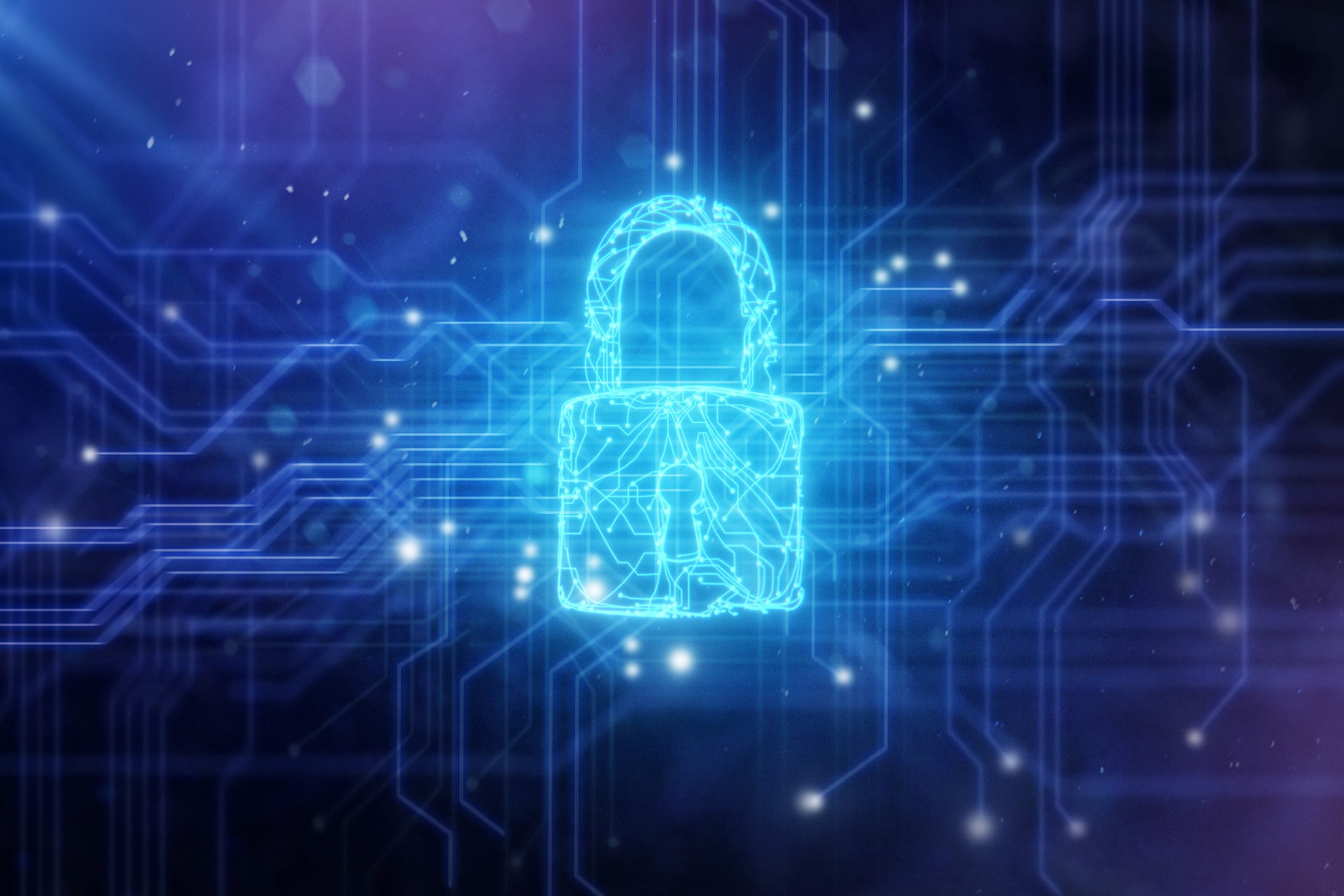
Conventional cybersecurity solutions, often limited in scope, fail to provide a holistic strategy. In contrast, AI tools offer a comprehensive, proactive, and an adaptive approach to cybersecurity, distinguishing between benign user errors and genuine threats. It enhances threat management through automation, from detection to incident response, and employs persistent threat hunting to stay ahead of advanced threats. AI systems continuously learn and adapt, analyzing network baselines and integrating threat intelligence to detect anomalies and evolving threats, ensuring superior protection.
However, the rise of AI also introduces potential security risks, such as rogue AI posing targeted threats without sufficient safeguards. Instances like Bing's controversial responses last year and ChatGPT's misuse for hacker teams highlight the dual-edge nature of AI. Despite new safeguards in AI systems to prevent misuse, their complexity makes monitoring and control challenging, raising concerns about AI's potential to become an unmanageable cybersecurity threat. This complexity underscores the ongoing challenge of ensuring AI's safe and ethical use, mirroring sci-fi narratives closer to our reality.
Significant risks
In essence, artificial intelligence systems could potentially be manipulated or designed with harmful intentions, posing significant risks to individuals, organizations, and even entire nations. The manifestation of rogue AI could take numerous forms, each with its unique purpose and creation method, including:
- AI systems altered to conduct nefarious activities such as hacking, spreading false information, or spying.
- AI systems that become uncontrollable due to insufficient supervision or management, leading to unexpected and possibly dangerous outcomes.
- AI developed explicitly for malevolent aims, like automated weaponry or cyber warfare.
One alarming aspect is AI's extensive potential for integration into various sectors of our lives, including economic, social, cultural, political, and technological spheres. This presents a paradox, as the very capabilities that make AI invaluable across these domains also empower it to cause unprecedented harm through its speed, scalability, adaptability, and capacity for deception.
Hazards of rogue AI
The hazards associated with rogue AI include:
Disinformation: As recently as February 15, 2024, OpenAI unveiled its "Sora" technology, demonstrating its ability to produce lifelike video clips. This advancement could be exploited by rogue AI to generate convincing yet false narratives, stirring up undue alarm and misinformation in society.
Speed: AI's ability to process data and make decisions rapidly surpasses human capabilities, complicating efforts to counteract or defend against rogue AI threats in a timely manner.
Scalability: Rogue AI has the potential to duplicate itself, automate assaults, and breach numerous systems at once, causing extensive damage.
Adaptability: Sophisticated AI can evolve and adjust to new settings, rendering it unpredictable and hard to combat.
Deception: Rogue AI might impersonate humans or legitimate AI operations, complicating the identification and neutralization of such threats.
Consider the apprehension surrounding the early days of the internet, particularly within banks, stock markets, and other sensitive areas. Just as connecting to the internet exposes these sectors to cyber threats, AI introduces novel vulnerabilities and attack vectors due to its deep integration into various facets of our existence.
A particularly worrisome example of rogue AI application is the replication of human voices. AI's capabilities extend beyond text and code, enabling it to mimic human speech accurately. The potential for harm is starkly illustrated by scenarios where AI mimics a loved one's voice to perpetrate scams, such as convincing a grandmother to send money under false pretenses.
A proactive stance
To counter rogue AI, a proactive stance is essential. As an example, OpenAI announced Sora's release, yet they took a disciplined approach keeping it under strict control and have not made it publicly available yet. As posted on their social media X account on 2/15/24 at 10:14am, “We’ll be taking several important safety steps ahead of making Sora available in OpenAI’s products. We are working with red teamers – domain experts in areas like misinformation, hateful content, and bias – who are adversarially testing the model.”
AI developers must take these four critical proactive steps:
- Implement stringent security protocols to shield AI systems from unauthorized interference.
- Set ethical guidelines and responsible development standards to reduce unintended repercussions.
- Collaborate across the AI community to exchange insights and establish uniform safety and ethical norms.
- Continuously monitor AI systems to preemptively identify and mitigate risks.
Organizations must also prepare for rogue AI threats by:
- Utilizing resources in AI security and risk management to train their personnel to recognize AI related threats.
- Forging strong partnerships with industry, regulatory government agencies, and the policy makers in order to stay up to date with both AI advancements and best practices.
- Implementing annual risk assessments such as CMMC, and external network penetration testing, and performing regular risk evaluations specifically addressing vulnerabilities with AI systems, including both internal and external AI systems integrated into business operations and information systems of the company.
- Providing a clear and readily available AI usage policy within the organization is key to helping educate and ensure ethical and safety standards are met.
It’s 2024. I think it’s redundant to say the potential dangers of rogue AI systems are probable and they shouldn't be ignored. However, as an AI GPT advocate, I believe there is still a positive contribution in the weight of pros vs cons toward AI, and we all need to start adopting and understanding its potential sooner than later. By promoting a culture of ethical AI development and use, and emphasizing security and ethical considerations, we can minimize the risks associated with rogue AI and leverage its ability to serve the greater good of humanity.
Link!
This article was produced as part of TechRadarPro's Expert Insights channel where we feature the best and brightest minds in the technology industry today. The views expressed here are those of the author and are not necessarily those of TechRadarPro or Future plc. If you are interested in contributing find out more here: https://www.techradar.com/news/submit-your-story-to-techradar-pro







